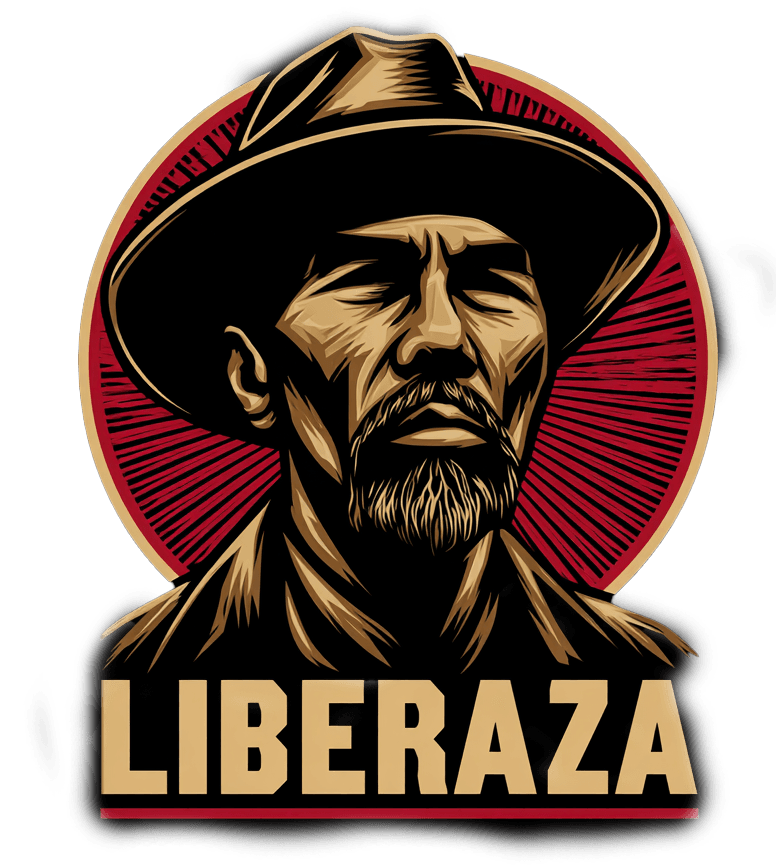Who Are These Agents? The Growing Confusion Around Immigration Raids in California
LS
In recent months, Californians from Los Angeles to Fresno have reported a disturbing trend: heavily armed federal agents appearing in their neighborhoods, conducting aggressive raids, and detaining immigrants—sometimes without clearly stating who they are or which agency they represent.
Are they ICE? Border Patrol? Homeland Security Investigations? Some wear no badges. Others show up in unmarked vehicles. They wear tactical gear. They carry military-style weapons. And they often refuse to answer basic questions like: “What agency are you with?” or “Do you have a warrant?”
This confusion is not accidental.
It’s part of a growing issue that has turned immigration enforcement into a bureaucratic shell game—one where agencies overlap, accountability blurs, and civil rights hang in the balance.
The Confusing Alphabet Soup of Immigration Enforcement
At first glance, most people associate immigration enforcement with ICE—Immigration and Customs Enforcement. But ICE is just one slice of the pie.
There’s also CBP (Customs and Border Protection), HSI (Homeland Security Investigations), and even agents from the FBI and U.S. Marshals Service who occasionally get pulled into joint task forces. These groups often coordinate, but they also operate independently. And when they enter communities, they don’t always make it clear who’s doing what.
That’s a problem.
Because when an agent knocks on your door at 6:00 a.m. and doesn’t identify themselves—or claims they don’t need to—it becomes nearly impossible for individuals to assert their rights.
“Show Your Papers”—Even If You’re the Government
A growing number of Californians are calling for legislative action. One proposed bill now moving through the state assembly would require any federal agent operating in California to wear clear identification—agency name, badge number, and jurisdiction—at all times during public operations.
The goal is simple: transparency.
If a local police officer is required to identify themselves and explain their purpose, why should a federal immigration agent be exempt?
Civil rights organizations like the ACLU and CHIRLA (Coalition for Humane Immigrant Rights of Los Angeles) support the measure. They’ve documented multiple cases where immigrants—some with legal status—were detained or questioned by unidentified federal agents operating outside their legal authority.
Real People. Real Consequences.
Take Maria, a legal resident from Bakersfield. Her 17-year-old son was stopped by what appeared to be ICE officers while walking home from his job at a taco truck. The agents didn’t explain who they were. They asked for his ID, searched his backpack, and told him to “watch himself.” No warrant. No probable cause.
He wasn't arrested. But he was terrified.
The next day, he quit his job.
This kind of low-grade intimidation is part of a broader pattern of “soft raids”—where the goal may not be mass arrests, but rather surveillance, data collection, or psychological pressure. It's law enforcement by erosion. And it’s happening in the shadows.
Why It’s Happening Now
The renewed surge in federal immigration enforcement—particularly in sanctuary states like California—comes amid shifting national policies. While the Biden administration initially scaled back ICE activity, political pressure has swung the pendulum again.
In 2025, deportations are on track to exceed 300,000—numbers not seen since the peak years of the Obama era. As part of this effort, the federal government has expanded “task force” operations, which allow agents from multiple agencies to collaborate on enforcement. But these joint operations often dilute responsibility.
When a person is detained, who do they file a complaint against? ICE? CBP? HSI? And if no one identified themselves, where does the paper trail begin?
This lack of clarity makes legal recourse nearly impossible. Worse, it chills entire communities, silencing those who might otherwise speak out.
Civil Liberties vs. Federal Power
Supporters of these joint raids argue that immigration violations are federal crimes, and therefore not subject to the same local transparency rules. But critics push back.
“When federal agents operate like secret police, democracy begins to rot,” says State Assemblymember Eloise Reyes, who co-sponsored the California ID Act. “No one—no matter their status—should be afraid to open their front door because they don’t know who’s on the other side.”
The act would create a digital log of all federal immigration actions in California and mandate reporting requirements whenever a federal agency detains or questions an individual.
What Comes Next?
This issue is gaining steam. Journalists, watchdog groups, and civil society advocates are all calling for more light and less fog in the immigration enforcement space.
Some sheriffs in California have already issued guidance refusing to assist any federal agents who do not clearly identify themselves. Meanwhile, several sanctuary cities are exploring local ordinances that would limit cooperation with unidentified federal personnel.
But the federal government isn’t required to play along. ICE and other agencies can—and often do—ignore local policies entirely.
That’s why the push for state-level legislation is so critical.
Final Thoughts
This isn't just a story about undocumented immigrants. It's about government transparency, due process, and the right of every resident—citizen or not—to know who holds power in their communities.
Because when agents can act anonymously and without oversight, no one is truly safe. Not Maria. Not her son. Not you.
Want to stay informed and take action?
Follow #ICEWatch and #TransparencyNow. Share your stories. Demand accountability.
And never stop asking:
“Who are you—and what gives you the right?”
